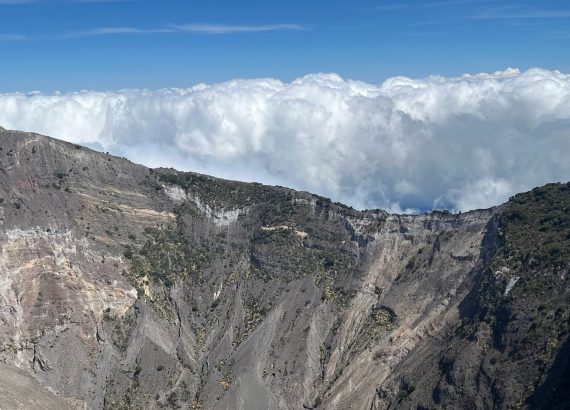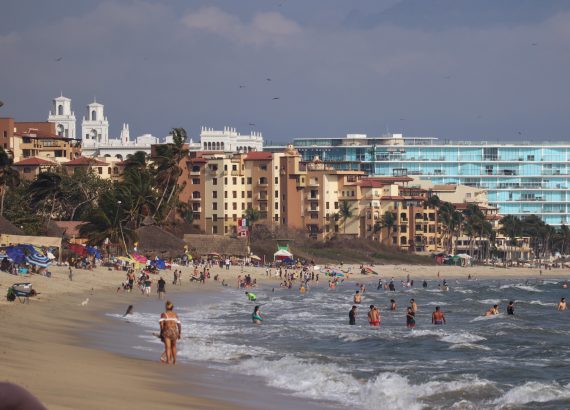Traveling in Turbulent Times ….What You Need To Do Differently
January is practically gone and COVID is still dominating the news and affecting our plans to resume a normal life. Omicron, while slightly peaking in some states and countries, has limited all forms of travel both domestically and internationally with new confusing restrictions. We are all itching to jump on a plane to leave behind our homes and away from freezing weather. In the northeast, we have been consistently experiencing below 20-degree temperatures. The month of February can be just as tough, causing cabin fever among many of us who yearn for a warm, breezy sunset on a beach.
The Bad News
Countries who depend on tourism have had to tighten their restrictions. Besides vaccination requirements (a no brainer) there are now 24-hour negative testing before hopping on a plane. If you catch COVID in a foreign country, you will need to quarantine regardless of when you need to be back home. It is anticipated that by March, many of these restrictions will be lessened depending on how each country is able to manage the virus.
Massive flights delays and cancellation have been ongoing since the holidays and it seems like the problem continues to persist caused by drastic winter storms, covid infections and labor shortages.
Fuel prices keep inching up since last year, making it tougher for airlines to stay afloat and for travelers to travel afar. What’s it going to take for the airline industry to become carbon neutral? There are options to get them there. Until this happens, get ready to pay more for your tickets while advancing the effects of climate change.
The Good News
I have none (other than to share how I am trying my best to make plans for three trips this year).
What You Need to Plan When Deciding to Travel Internationally?
Here are Some Basics
Passport – My passport expired in January. The average processing backlog is about three months. I am hoping to have a new passport by March. Check your passport. If it expires in six months, you are not going anywhere outside of the US.
The CDC has over 25+ countries that it considers high risk due to COVID as of February 2022. Check to see if any of the places you want to go are on the list. Also, Check Sherpa.com to let you know in real time what restrictions countries have that could become a barrier for entering or leaving your destination.
Bear in mind that the US requires everyone, including American tourists, to have a 24-hour test to enter the country, no exceptions.
If you happen to catch Covid (even if you are triple vaxxed) in a foreign country, most likely you will not be able to leave and will need to quarantine. Oh boy, get ready to be abandoned by your travel companions, and possibly stay another week or more until you can test positive, all at a cost to you.
Check your travel insurance (yes, you need one) to make sure they cover any medical treatment if, by chance, you get very sick. Second, check to see if your insurance will reimburse related COVID lodging expenses. Many of them don’t. Also, if you get very sick, you may need to check any required visa to make sure you don’t exceed your stay.
If by chance you are not feeling well during your trip, it would be helpful to pack a first aid kit that includes fever reducing medication, an oximeter and a thermometer to monitor your symptoms.
Last tip — When packing, regardless of the length of your trip, I recommend using my packing list to guide you, especially if planning a long trip. Click here for my gratis/free packing checklist.
Hopefully, Omicron will peak by March at most destinations and we will get a travel break before a new variant comes alone. Traveling safely has always been a priority for all of us to be concerned about. The added burden of also protecting yourself from COVID makes traveling less exciting but a necessary evil.
Bon Voyage and don’t forget to send photos!





No Comments